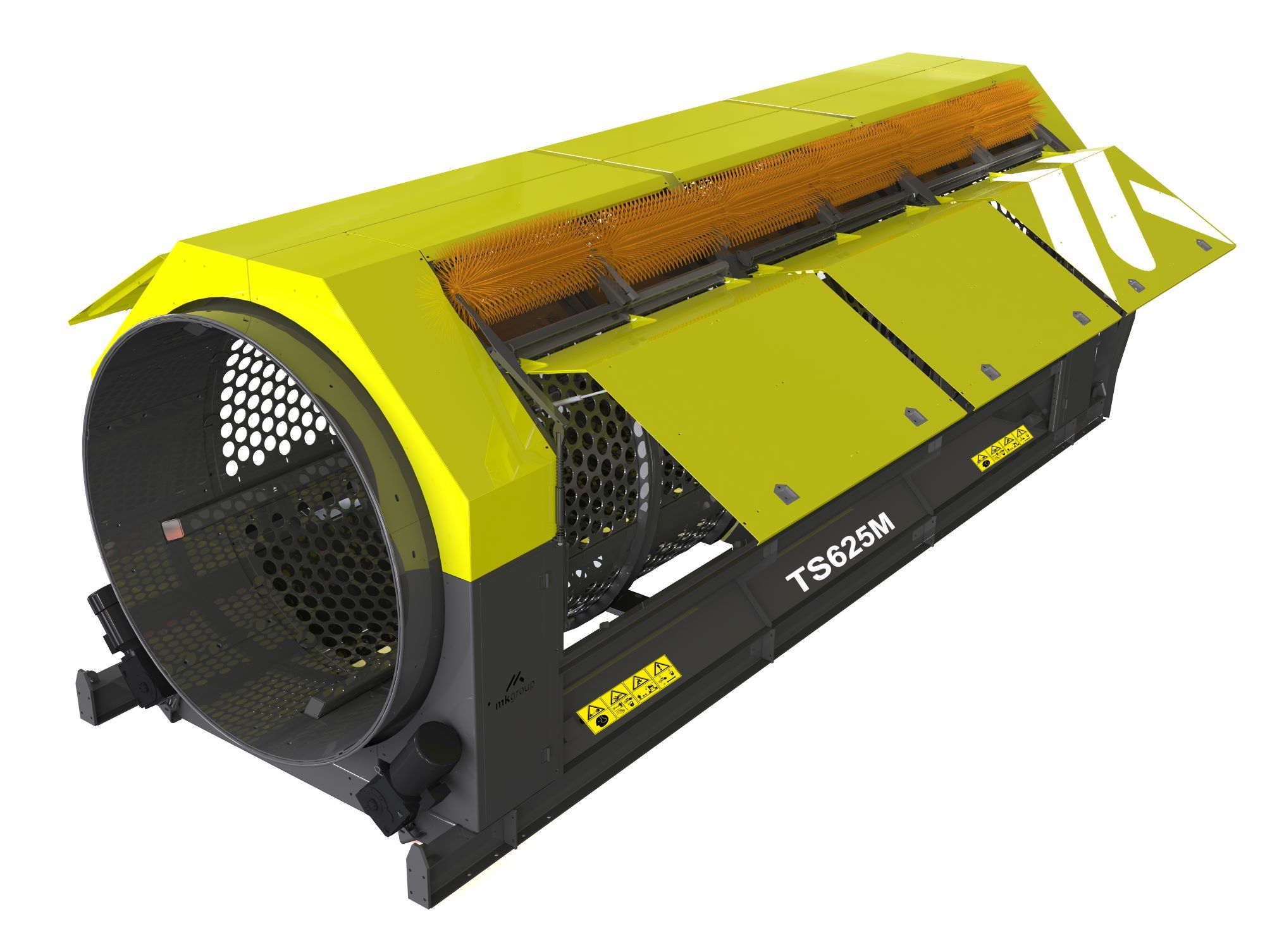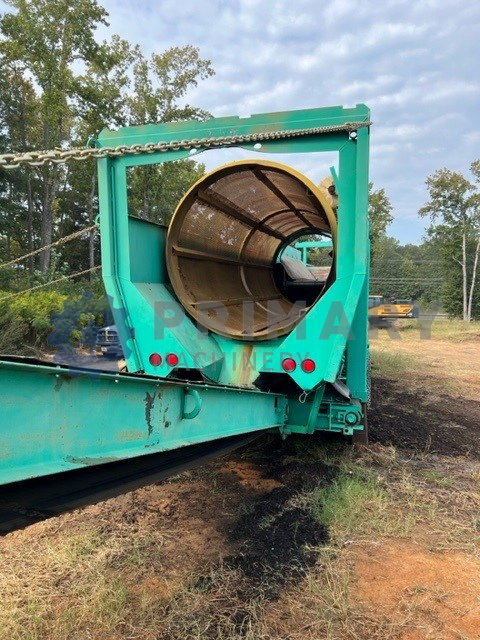From Waste to Source: The Revolutionary Power of Trommel Screens
From Waste to Source: The Revolutionary Power of Trommel Screens
Blog Article
Take Full Advantage Of Reusing Outcome With Trommel Screens: a Comprehensive Overview
As we strive to take full advantage of the reusing result, one device that has acquired considerable interest is the trommel screen. We will explore the elements that ought to be considered when choosing a trommel display and dive into techniques that can be used to make best use of reusing outcome.

The Significance of Trommel Screens
Trommel screens play an important function in various industries due to their ability to efficiently separate and classify various materials. These devices are developed to sort and rotate through an array of products, such as soil, crushed rock, sand, and compost, successfully separating them based upon size and thickness. This capability to different products is of utmost importance in markets such as mining, building, waste monitoring, and recycling.
One of the key reasons that trommel screens are so important is their contribution to waste reduction and reusing efforts. By properly separating products, these displays allow the healing and reuse of valuable sources from waste streams. In recycling centers, trommel screens are frequently used to sort various sorts of recyclable materials, such as plastics, steels, and paper, ensuring that each material is appropriately identified and processed for additional usage.
Moreover, trommel screens likewise play an essential role in the mining industry. They are utilized to separate useful minerals from waste products, boosting total efficiency and reducing the environmental impact of mining operations. By separating the materials based upon size and density, trommel screens assist to make the most of the extraction of important minerals while reducing the amount of waste that needs to be disposed of.
Just How Trommel Screens Job
Trommel displays run by turning and sorting via numerous products to successfully separate and identify them based upon size and density. These displays include a cylindrical drum that is tilted on its axis - trommel screen. The drum is normally made from mesh or perforated plates, allowing the product to go through while preserving bigger particles
As the drum rotates, the material is fed into the top end. The larger particles are kept inside the drum, while the smaller bits travel through the mesh or perforations. The rotation of the drum helps to topple the material and raise, assisting in the splitting up process.
The speed of turning and the disposition of the drum can be gotten used to regulate the sieving process. By changing these criteria, drivers can maximize the separation of various products. For example, heavier products will certainly work out at the end of the drum due to gravity, while lighter products will be reached the leading and discharged.

Key Benefits of Making Use Of Trommel Screens
Among the significant benefits of making use of trommel screens is their capability to successfully separate and categorize a large range of materials based upon dimension and thickness. This capability is important in numerous industries, including mining, waste, and recycling monitoring. Trommel displays are designed with rotating round drums that have perforated plates or screens. As the product gets in the drum, it is raised and rolled, permitting the smaller sized fragments to go through the openings while the bigger ones proceed to relocate along the drum. This process guarantees that the preferred materials are separated and classified accurately.

One more benefit of trommel displays is their convenience. They can handle a wide variety of products, including accumulations, garden compost, local strong waste, and even polluted dirt. trommel screen. This flexibility makes trommel displays an essential tool for various industries, permitting them to refine various sorts of materials easily
Aspects to Think About When Selecting a Trommel Screen
One of the first variables to think about is the size and ability of the trommel screen. The display setup, such as the number of areas and inclination angle, can influence the performance and effectiveness of the trommel display. In general, by carefully taking into consideration these elements, one can pick a trommel screen that makes best use of recycling result and meets the certain needs of their operation.
Approaches to Optimize Reusing Output With Trommel Screens
To maximize reusing output with trommel screens, it is critical to implement calculated strategies that take advantage of the screen's abilities and make best use of performance. One technique is to correctly size the trommel display based upon the certain reusing application. Selecting the proper display dimension makes sure that the products are appropriately divided and enables a greater throughput. Furthermore, it is necessary to frequently preserve the trommel and evaluate display to guarantee optimum efficiency. This includes cleaning the screen panels to stop clogging and replacing damaged parts to avoid downtime. Another method is to readjust the trommel screen's inclination angle. By finding the ideal angle, the display's effectiveness can be maximized, leading to enhanced separation and enhanced reusing result. Utilizing a combination of different screen dimensions or adding added testing phases can boost the screening procedure and boost the purity of the recycled materials. Incorporating sophisticated technologies, such as automated arranging systems or optical sorting Our site devices, can better optimize recycling outcome by improving the splitting up process and enhancing the recuperation price of valuable products. By executing these strategic techniques, recycling centers can optimize their output and add to a more lasting future.
Verdict
By taking into consideration key elements such as display upkeep, capability, and size demands, one can choose the most ideal trommel screen for their reusing operations - trommel screen. Executing approaches like appropriate material prep work and regular maintenance can further improve the efficiency and performance of trommel screens, eventually leading to a greater recycling outcome.
In reusing facilities, trommel displays are commonly utilized to arrange different types of recyclable products, such as plastics, steels, and paper, guaranteeing that each product is effectively categorized and refined a fantastic read for more use.
Trommel screens are created with revolving round drums that have perforated plates or screens. The screen setup, such as the number of sections and disposition angle, can influence the performance and effectiveness of the trommel screen.To optimize recycling outcome with trommel screens, it is important to execute strategic approaches that take advantage of on the screen's abilities click over here now and maximize efficiency. By considering vital variables such as display capacity, upkeep, and size needs, one can select the most suitable trommel display for their recycling procedures.
Report this page